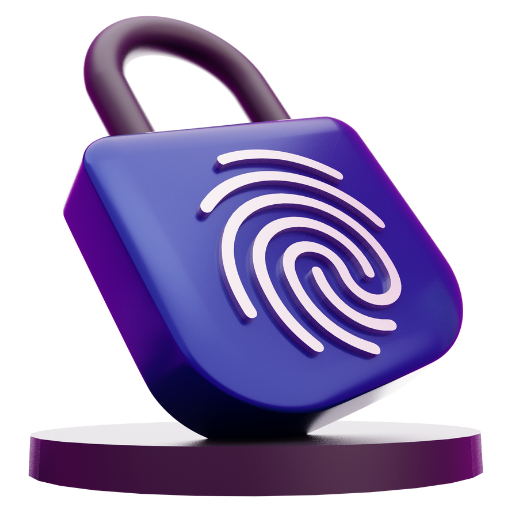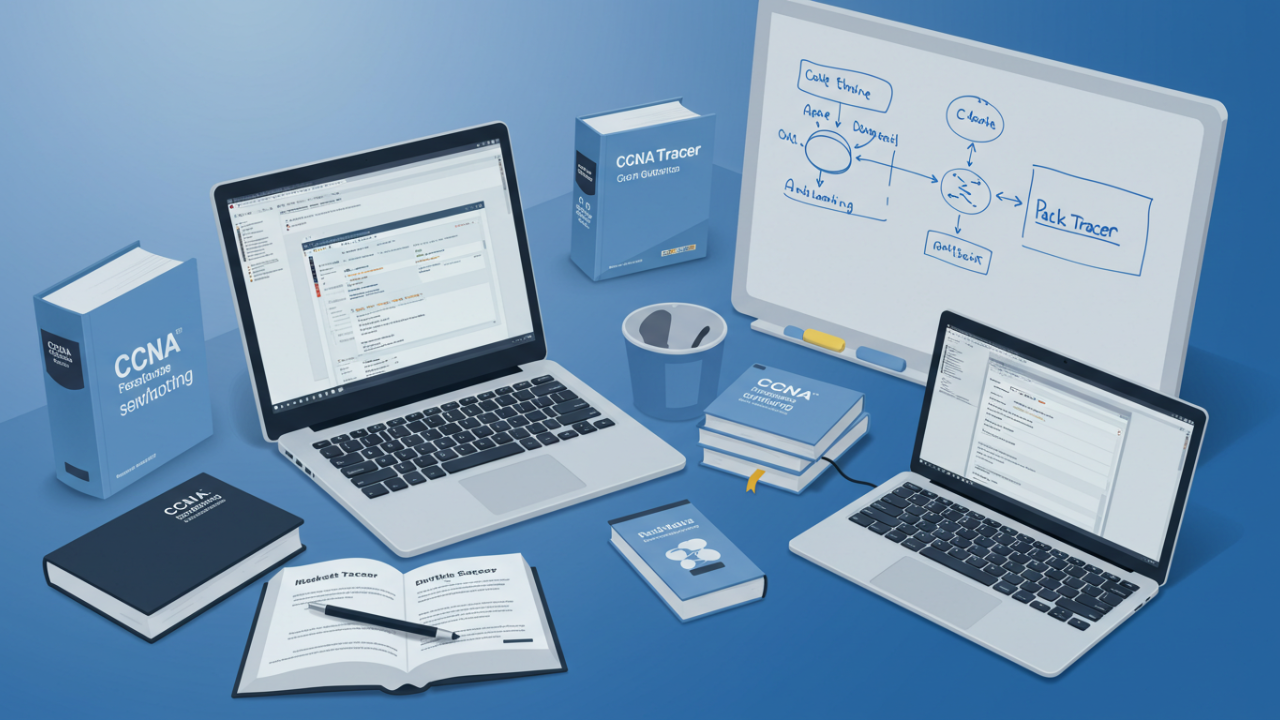The CCNP Routing and Switching exam is a crucial certification for network professionals looking to advance in their careers. This certification focuses on validating your skills in routing and switching, which are the backbone of modern network systems. Whether you’re preparing for the ROUTE, SWITCH, or TSHOOT exams, understanding the preparation process is key to success.
In this article, I’ll guide you through the entire process of preparing for the CCNP Routing and Switching exam, from setting up a study plan to exam day strategies. I’ll also share tips on where to find the best resources and how to effectively manage your study time.
key takeaways you should keep in mind:
-
Understand the CCNP exam blueprint for targeted studying.
-
Build a study plan with realistic goals and timelines.
-
Prioritize hands-on practice to solidify your knowledge.
-
Utilize a variety of study resources, including books and online courses.
-
Practice time management to ensure a smooth exam experience.
Understanding the CCNP Routing and Switching Exam
What is CCNP Routing and Switching?
The CCNP Routing and Switching certification is a professional-level certification designed by Cisco to assess your skills in managing and troubleshooting networks. The exams cover essential networking topics such as routing protocols, switching concepts, and network troubleshooting, providing the knowledge required to configure and maintain a network infrastructure.
There are three main exams involved:
-
ROUTE – Focuses on advanced routing protocols such as OSPF, EIGRP, and BGP.
-
SWITCH – Covers topics on VLANs, Spanning Tree Protocol (STP), and Layer 2 and Layer 3 switching.
-
TSHOOT – Focuses on troubleshooting network issues and applying diagnostic tools.
Why CCNP Routing and Switching?
CCNP is essential for anyone looking to establish themselves as a professional in the networking field. It demonstrates your proficiency in critical areas such as network security, network design, and troubleshooting, making you more valuable to employers.
How To Prepare For CCNP Routing and Switching Exam
Step 1: Understand the Exam Blueprint
Before diving into your study materials, you must understand the CCNP Routing and Switching exam blueprint. The blueprint outlines all the topics you need to cover for each exam, ensuring you stay focused on the right areas.
For example:
-
ROUTE Exam: Topics include configuring advanced routing protocols like BGP and OSPF, route redistribution, and IPv6.
-
SWITCH Exam: You’ll need to master VLANs, STP, EtherChannel, and inter-VLAN routing.
-
TSHOOT Exam: The focus here is on diagnosing network issues using Cisco’s troubleshooting tools.
Step 2: Build a Study Plan
Having a solid study plan is crucial for success. Create a study schedule that allows you to break down the topics into manageable portions. Consider the following tips when making your study plan:
-
Dedicate at least 2-3 hours a day to study.
-
Set clear, achievable goals for each study session.
-
Schedule regular practice tests to monitor progress.
-
Don’t forget to include rest days to prevent burnout.
Step 3: Choose the Right Study Materials
When studying for the CCNP Routing and Switching exam, it’s essential to select the right materials:
-
Cisco Press Books: These books are written by the creators of the exam and are the most reliable study source.
-
Online Courses: Platforms like Pluralsight, CBT Nuggets, and Udemy offer structured courses that break down complex topics into digestible sections.
-
Practice Tests: Use resources like Boson’s ExSim or ExamCompass for mock exams to simulate the real testing environment.
Recommended Resources
| Resource Type | Example Resource | Description |
|---|---|---|
| Books | Cisco Press CCNP Routing and Switching | In-depth explanation of exam topics |
| Online Courses | Pluralsight, CBT Nuggets | Video-based lessons with hands-on labs |
| Practice Exams | Boson ExSim, ExamCompass | Full-length practice exams to test your knowledge |
| Virtual Labs | GNS3, Packet Tracer | Tools to simulate real-world network environments |
Hands-On Practice
Why Hands-On Practice is Essential
While books and videos are great for understanding concepts, hands-on practice is critical for truly grasping the material. For networking exams like the CCNP Routing and Switching exam, practicing on real equipment or in a simulated environment helps solidify your knowledge and build confidence.
If you can’t afford expensive hardware, virtual labs like GNS3 or Cisco Packet Tracer are excellent alternatives. These tools allow you to simulate a wide range of network configurations and troubleshoot real-world scenarios.
Step 4: Key Exam Topics to Focus On
Here’s a breakdown of the most critical topics for each exam:
-
ROUTE Exam:
-
OSPF, EIGRP, and BGP
-
IPv6 configuration and troubleshooting
-
Route filtering and redistribution
-
-
SWITCH Exam:
-
VLANs and inter-VLAN routing
-
Spanning Tree Protocol (STP)
-
EtherChannel configuration
-
-
TSHOOT Exam:
-
Common network issues and how to identify them
-
Using troubleshooting tools like ping, traceroute, and show commands
-
Layer 2 and Layer 3 troubleshooting techniques
-
Effective Study Techniques
Active Recall & Spaced Repetition
One of the most effective study techniques for the CCNP Routing and Switching exam is active recall. This method involves testing yourself on what you’ve learned rather than simply re-reading notes. You can incorporate this by:
-
Creating flashcards with key terms and concepts.
-
Regularly reviewing them using spaced repetition to improve long-term retention.
Utilize Practice Tests
Mock exams are invaluable for your preparation. They help you become familiar with the exam format, test your knowledge, and improve time management. Regular practice tests will give you a good sense of which areas require more focus.
Join a Study Group
Joining a study group or online forum is a great way to share knowledge and learn from others. Platforms like Reddit’s r/CCNP or the Cisco Learning Network provide spaces where candidates can discuss difficult concepts, share resources, and even swap practice exams.
Exam Day Preparation
Final Week Strategy
In the final week before the exam, focus on:
-
Reviewing weak areas: Go over any topics you’ve struggled with.
-
Taking full-length practice exams: Simulate the actual exam conditions to get used to the timing and pressure.
Exam Day Tips
On the day of the exam:
-
Arrive early: Aim to arrive at least 30 minutes before your scheduled time.
-
Bring your identification: Ensure you have the required documents for the exam.
-
Stay calm and focused: If you get stuck on a question, move on and return to it later.
What To Do After the Exam
If You Pass
If you pass the CCNP Routing and Switching exam, congratulations! Here’s what to do next:
-
Update your resume: Add your new certification to make yourself stand out to employers.
-
Start applying for network engineering roles: Use your new certification to land a better job or negotiate a salary raise.
If You Fail
If you don’t pass, don’t worry. Review the areas where you struggled, refine your study plan, and try again. Persistence is key to success in the CCNP Routing and Switching exam.
My Opinion
Preparing for the CCNP Routing and Switching exam requires dedication, the right resources, and effective study techniques. By following the steps outlined in this article, you can structure your preparation in a way that ensures success.
Good luck, and remember: consistency and hands-on practice are the keys to passing the CCNP Routing and Switching exam!
















Leave a Reply